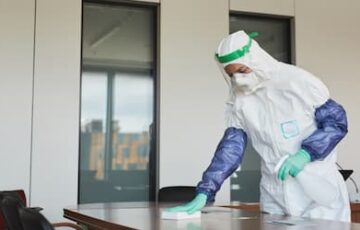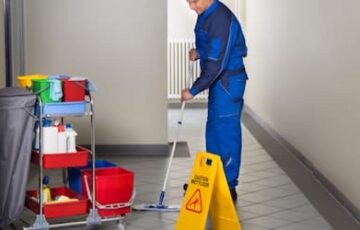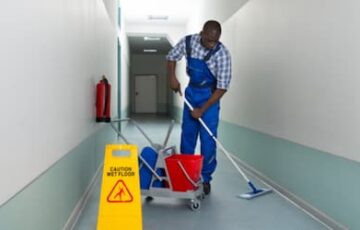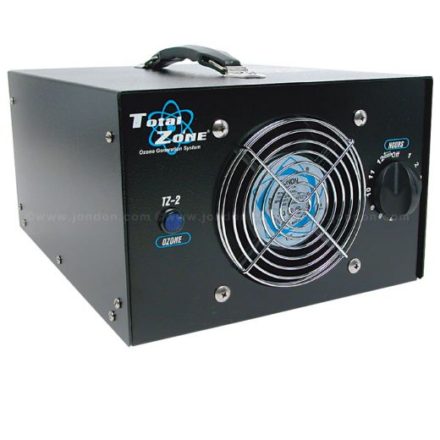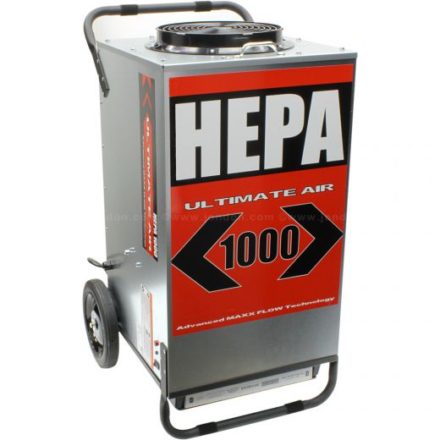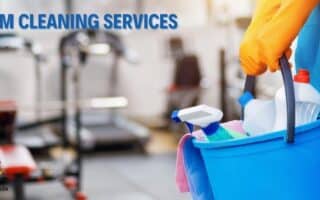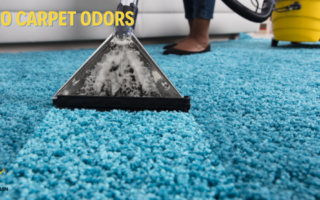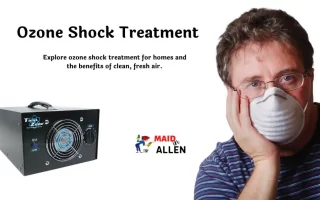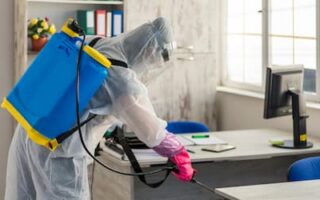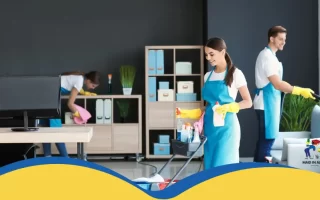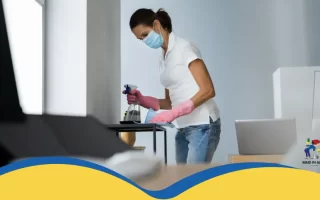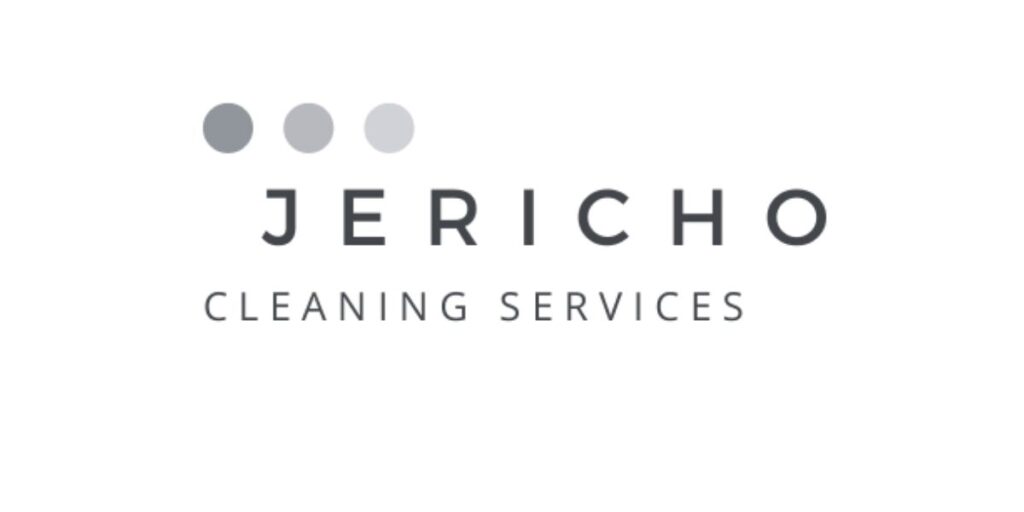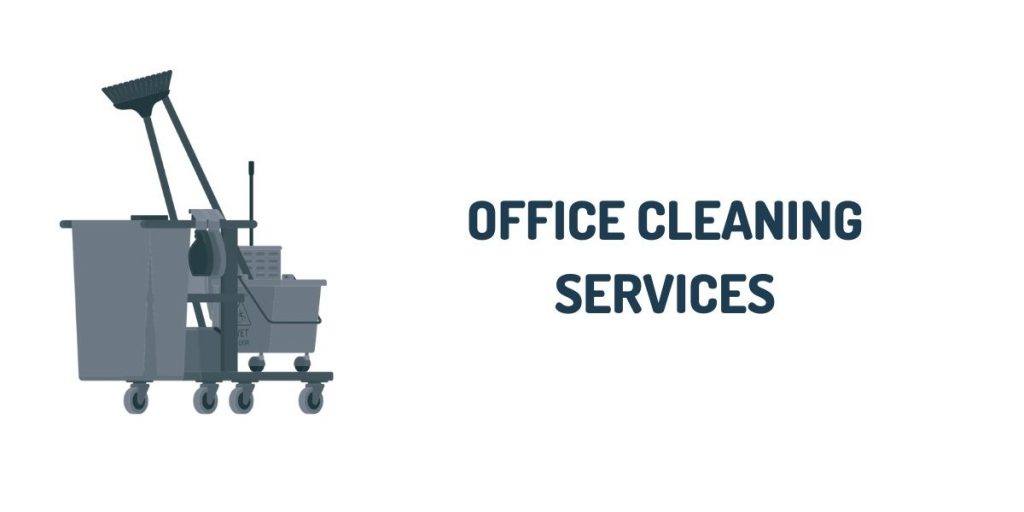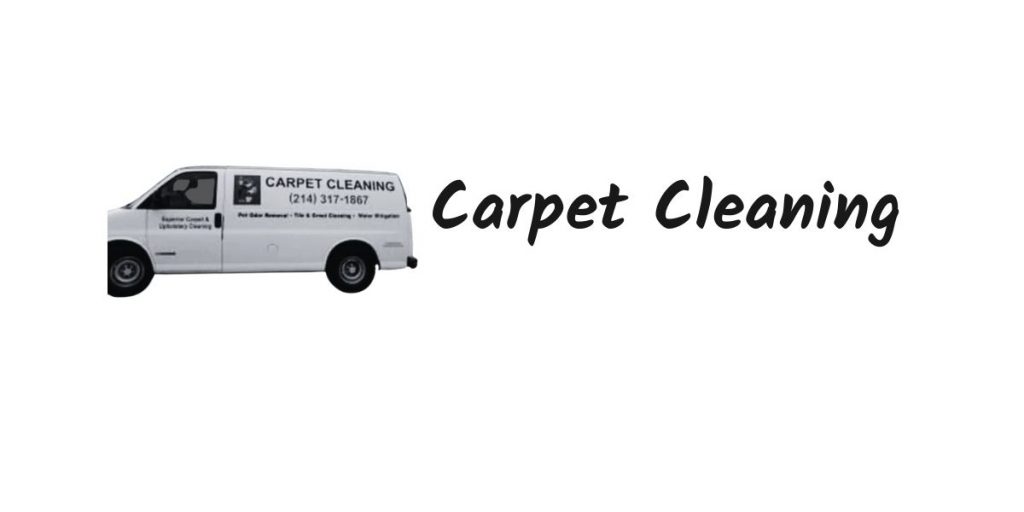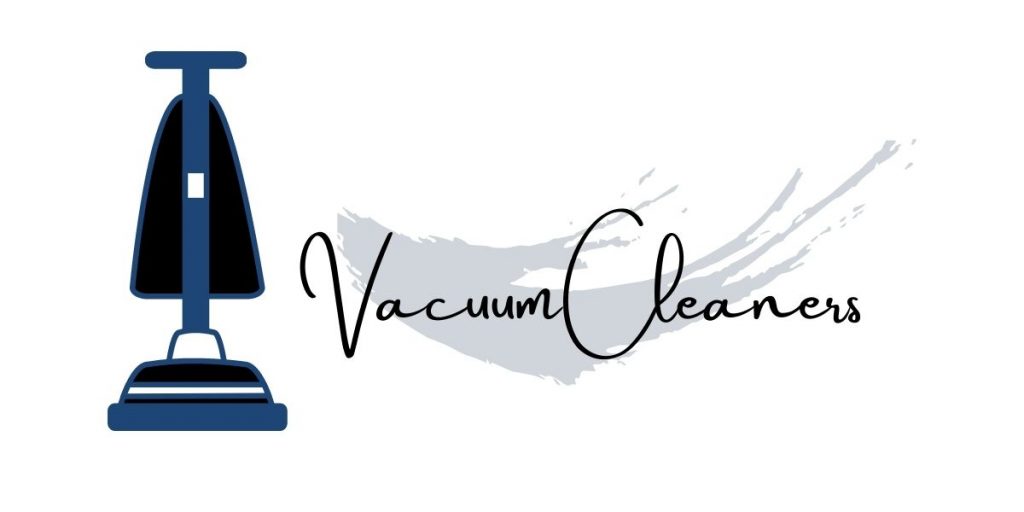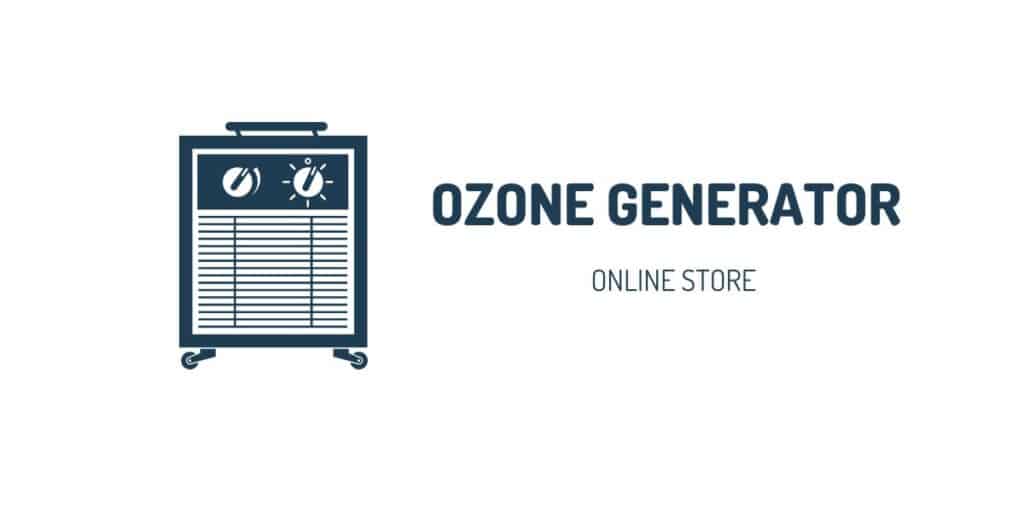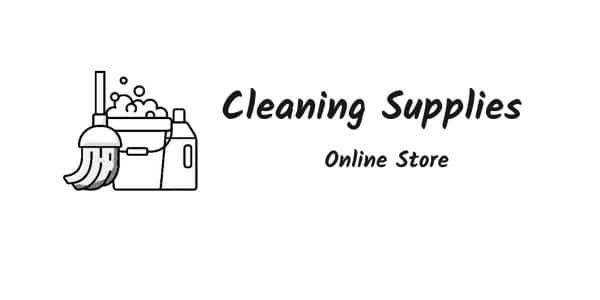
Disinfect and Sanitize Cleaning
Essential Tips for a Safer, Healthier Space
Disinfect and Sanitize Cleaning Services
In today’s world, maintaining a clean, disinfected, and sanitized environment has become essential not only for aesthetic purposes but also for health and safety.
Proper disinfection and sanitization practices are paramount for preventing the spread of pathogens, especially in high-traffic spaces and during times of illness. This guide provides practical tips and in-depth advice on disinfecting and sanitizing all types of spaces effectively.
Understanding the Difference Between Cleaning, Disinfecting, and Sanitizing
A clean environment begins with understanding the unique roles of cleaning, disinfecting, and sanitizing. Although often used interchangeably, each serves a different purpose:
• Cleaning: Refers to the physical removal of dirt, debris, and surface impurities. This process is essential to eliminate visible contaminants before applying disinfectants.
• Sanitizing: Reduces the number of bacteria on surfaces to a safe level, as determined by public health standards.
• Disinfecting: Kills a broader range of microorganisms, including bacteria, viruses, and fungi, on surfaces.
Essential Supplies for Effective Disinfecting and Sanitizing
Having the right products and tools can make disinfecting and sanitizing faster, easier, and more effective. Ensure you have:
• EPA-Approved Disinfectants:
Products certified by the Environmental Protection Agency (EPA) ensure efficacy against various pathogens, including COVID-19. Look for labels that mention effectiveness against bacteria and viruses.
• Microfiber Cloths:
Highly effective in capturing and retaining microorganisms without damaging surfaces. Microfiber materials are often preferred over sponges, which can harbor bacteria.
• Gloves and Masks: Personal protective equipment is crucial when working with potent disinfectants, especially in confined areas.
• Spray Bottles and Buckets: Allocate different bottles or buckets for various surfaces to avoid cross-contamination.
• Soft-Bristle Brushes: Useful for scrubbing difficult-to-clean areas like grout and textured surfaces.
Step-by-Step Guide to Disinfecting and Sanitizing High-Touch Areas
High-touch surfaces can harbor bacteria and viruses long after initial contamination. Focus on areas frequently handled by multiple people. Here’s a detailed breakdown of how to address these critical spots.
| Area | Disinfection and Sanitization Steps |
|---|---|
| Door Handles and Light Switches | Wipe daily with a cloth soaked in disinfectant solution. Allow the solution to sit for the recommended dwell time for full effectiveness. |
| Kitchen Surfaces | |
| Countertops | Clean with mild soap, then apply EPA-approved disinfectant. Let it sit on the surface as directed. |
| Cabinet Handles and Appliance Knobs | Spray with disinfectant or sanitizing solution, ensuring coverage in crevices and around edges. |
| Sink and Faucet Handles | Use a soft scrub cleaner on the sink, then spray disinfectant around the faucet, sprayer head, and handles. |
| Bathroom Surfaces | |
| Toilet and Flush Handle | Clean the exterior with a disinfectant and use toilet-specific disinfectants inside. Focus on the flush handle due to frequent use. |
| Sink and Faucet | Spray disinfectant and wipe with a microfiber cloth, especially around the base of the faucet. |
| Shower Area | Apply disinfecting spray on shower walls and tub, allowing it to sit for at least 10 minutes before rinsing. |
This structured table highlights key areas and provides detailed steps for disinfecting and sanitizing high-touch zones effectively.
1. Disinfecting Door Handles and Light Switches
Door handles and light switches are constantly touched, making them hotspots for germ transfer. Wipe them down daily using a cloth saturated with a disinfectant solution, ensuring thorough coverage. Allow the solution to sit for the recommended time specified on the label for maximum efficacy.
2. Cleaning and Sanitizing Kitchen Surfaces
The kitchen requires special attention due to the combination of food preparation and high-touch surfaces.
• Countertops: Wipe down with a mild soap solution, then apply an EPA-approved disinfectant, allowing it to dwell on the surface for optimal pathogen reduction.
• Cabinet Handles and Appliance Knobs: Spray these frequently touched surfaces with a disinfectant or sanitizing solution, paying close attention to crevices.
• Sink and Faucet Handles: Clean the sink with a soft scrub cleaner, then follow up by spraying disinfectant around the faucet, sprayer head, and handles.
3. Bathroom Disinfection and Sanitization
Bathrooms are another high-priority zone for disinfection, particularly because of the moist environment which promotes bacterial growth.
• Toilet and Flush Handle: Clean the exterior with disinfectant, and use toilet-specific disinfecting tablets or sprays inside. The flush handle requires particular attention due to constant use.
• Sink and Faucet: Spray with disinfectant and wipe with a microfiber cloth, ensuring a thorough clean around the faucet base.
• Shower Area: Use disinfecting sprays on the shower walls and tub, letting the solution sit for at least 10 minutes before rinsing.
Choosing Safe and Effective Disinfectants
Not all disinfectants are suitable for every surface, so it’s crucial to select products that won’t damage finishes or irritate the skin.
• Hydrogen Peroxide-Based Cleaners:
Safe on most hard surfaces, hydrogen peroxide is effective against a broad spectrum of germs. However, it may bleach some fabrics, so exercise caution around textiles.
• Quaternary Ammonium Compounds (Quats):
Commonly found in hospitals, quats provide lasting protection against bacteria. Ideal for non-porous surfaces, they’re suitable for countertops and sinks.
• Alcohol-Based Sprays:
Solutions with at least 70% alcohol are effective against viruses and bacteria, making them ideal for electronics and mirrors.
Tips for Safe and Efficient Sanitizing Practices
Following these best practices can improve the efficiency and safety of your sanitizing routine:
• Ventilation is Key:
Proper airflow minimizes the concentration of airborne particles from disinfectants and can reduce respiratory irritation.
• Read Product Labels Thoroughly:
Disinfectants often require a specific amount of time to remain on a surface (dwell time) to be effective. Skipping this step may leave pathogens behind.
• Avoid Mixing Products:
Combining different cleaning agents, particularly bleach and ammonia, can create dangerous chemical reactions. Use each product as directed.
• Test on Small Areas First:
Especially with delicate or porous surfaces, testing a disinfectant on a hidden spot can prevent unwanted damage or discoloration.
Sustainable and Eco-Friendly Disinfection Options
For those seeking eco-friendly alternatives, several sustainable disinfection practices help maintain hygiene without harming the environment.
• Vinegar and Baking Soda: Effective on many bacteria, especially for regular cleaning, though not EPA-approved as a disinfectant.
• Steam Cleaners: These machines use high heat to kill pathogens without chemicals, ideal for floors, upholstery, and soft furnishings.
• Essential Oil-Based Cleaners: Some oils, like tea tree and eucalyptus, have antimicrobial properties. However, use these cautiously around pets, as certain oils can be toxic.
Preventive Measures to Maintain a Sanitary Environment
Maintaining cleanliness requires a proactive approach, especially in shared spaces. Implement the following habits to minimize contamination risk:
• Regular Handwashing:
Encourage everyone in the household or workspace to wash hands regularly with soap and water for at least 20 seconds.
• Avoid Face-Touching:
Reducing face-touching minimizes the spread of pathogens from contaminated hands to the mouth, nose, and eyes.
• Install Hand Sanitizer Stations:
For larger spaces, placing hand sanitizers near entry points and common areas can increase hygiene among residents or employees.
We offer disinfection and sanitation treatments for your home or business
- Professional Disinfecting Service Using:
- Hand/Backpack Sprayer:
- Electrostatic Sprayer:
- Fogger:
- Service Using HEPA 1000 Air Scrubber
- Service Using Ozone Generator Services
- Carpet Cleaning
- Sanitize and disinfect bathroom hard floor.
How often do you need the commercial cleaning service?
- 7 days per week
- 5 days per week
- 3 days per week
- 2 days per week
- 1 day per week
Let us at Maid in Allen help out with your office cleaning today!
Commercial Cleaning & Disinfecting Services in Allen, Texas
- Janitorial housekeeping
- Restroom sanitation
- Disinfecting Services
- Floor maintenance
- Tile and grout cleaning
- Strep and Wax vtc floors
- Water extraction and much more.
Simplify Your Cleaning Needs – Let us handle the cleaning so you can focus on your business. Fill out the form for your quote
Ozone Generator
The Total Zone TZ-2 Ozone Generator
It eliminates cigar/cigarette odors, pet odors, cooking odors, paint odors, and more!
- Odor neutralizer
- Produces 3,000 milligrams of ozone per hour
- Ideal for rooms up to 120,000 cubic ft.
- 100 CFM fan
- Weighs less than 10 lbs; pulls just 2 amps
Request Disinfect Service
HEPA 1000 Air Scrubber
- PRECISION – HEPA filters are standardized to remove 99. 97% of particles that have a size greater than or equal to 0. 3 micrometers. Perfect for purifying the air from allergens in a hospital room or children’s bedrooms.
- 1,000 CFM of clean HEPA-filtered air
- Powerful blowers
- Includes a standard HEPA filter and 2-inch pleated filter
Request Air Scrubber Service
Quick Quote, Cleaner Workspace – Your Allen business deserves a pristine environment. Fill out our form for quick pricing.
Fogger Treatments and Disinfectant Cleaners
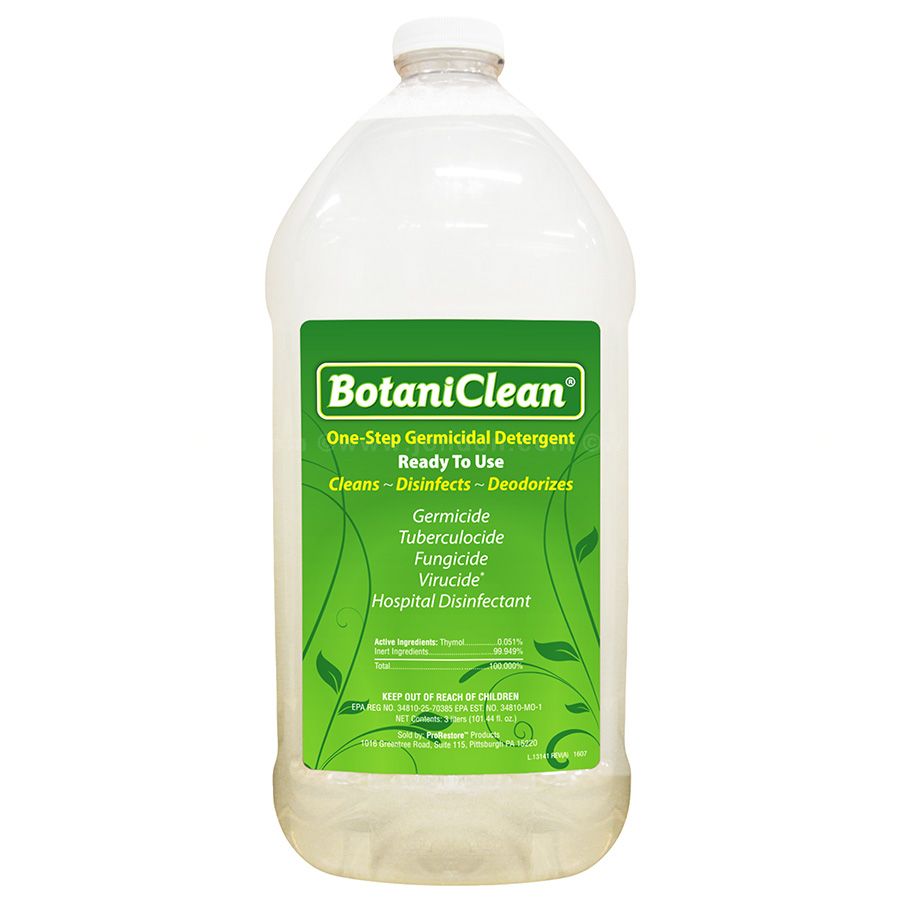
- Product used for disinfecting will be registered/approved by the EPA as effective for use against coronavirus SARS-CoV-2, the virus that causes COVID-19
- EPA LIST N: Disinfectant for use against SARS-COV-2, the cause of COVID-19
- EPA-registered: 34810-25-70385
- The only Pro Restore product with a tuberculocidal claim on the label
Get Your Home Odor Free Naturally With Air Purification:
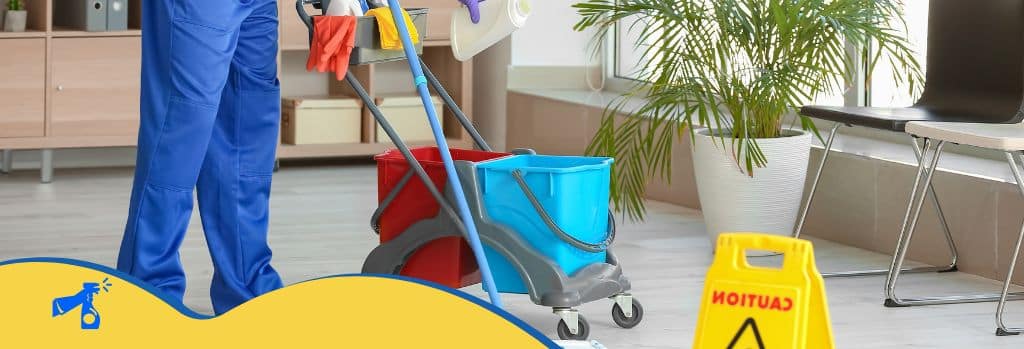
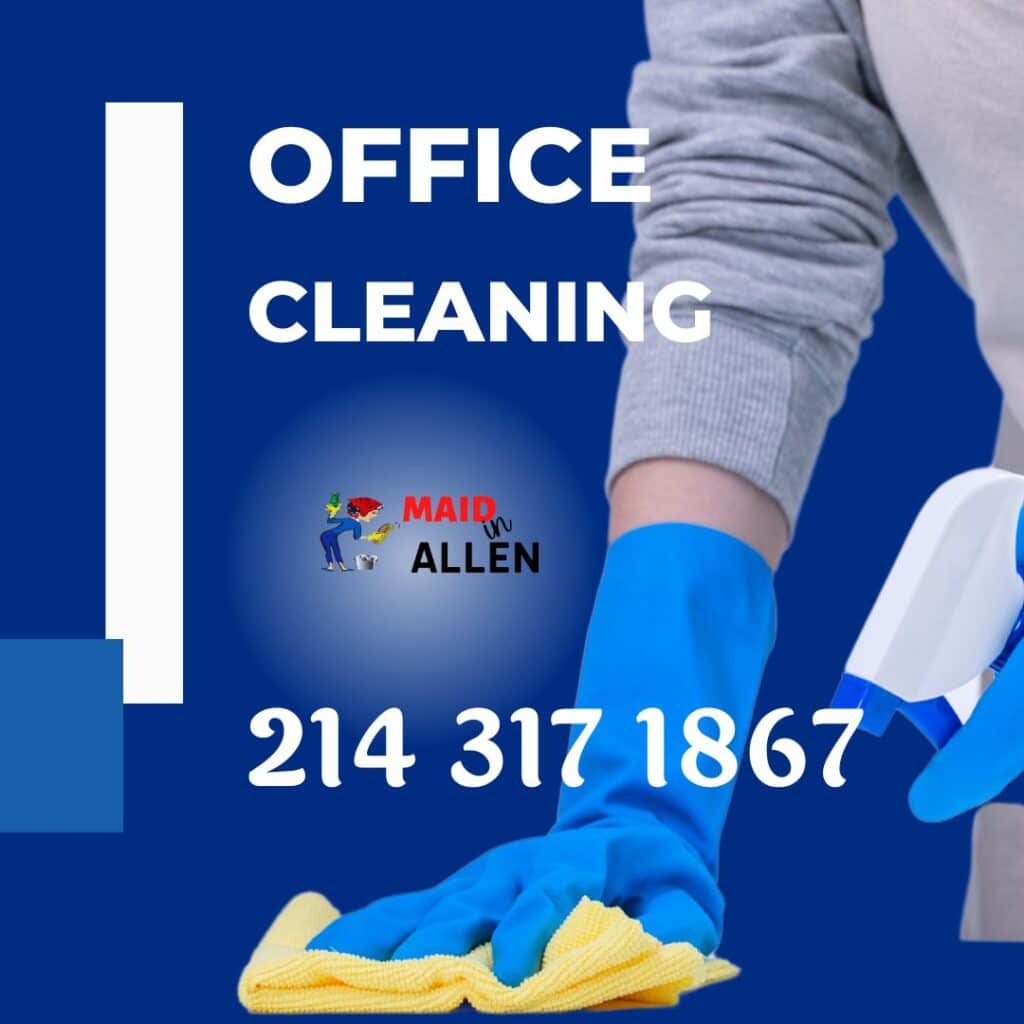
Frequently Asked Questions (FAQs) on Disinfecting and Sanitizing
Disinfecting and Sanitizing
Keeping a clean, disinfected environment is key to safeguarding health and well-being. By implementing these disinfecting and sanitizing tips, you can effectively minimize the presence of harmful pathogens in your surroundings.
If you want to receive a free cleaning estimate with all the service details, please visit our contact form.
Download a free cleaning checklist
Download your free house cleaning plan and checklist now! Take advantage of this helpful gift to make cleaning simpler and more organized.
GET A FREE ESTIMATE
Live in Allen, Fairview, or Plano, TX, and need house cleaning help? Whether it’s a one-time or regular clean, request a free, no-obligation estimate with detailed pricing today!
Janitorial Office Cleaning
Day or Nigth

